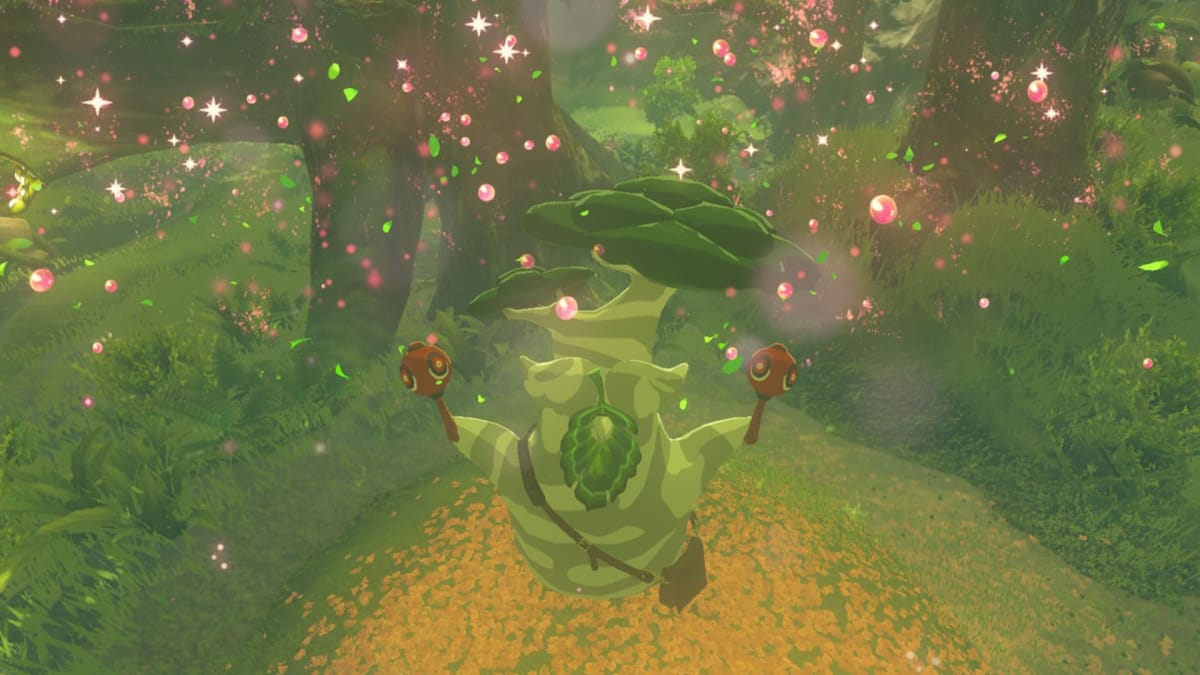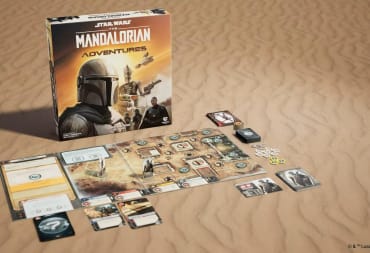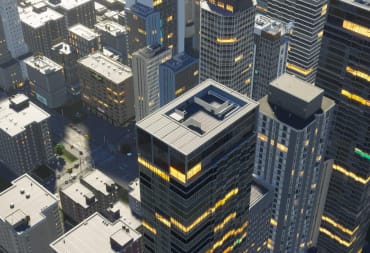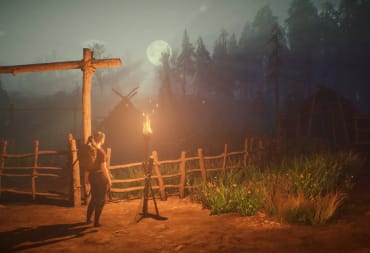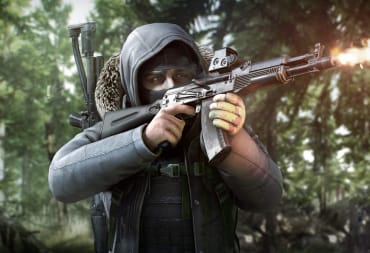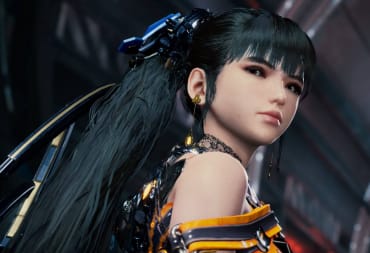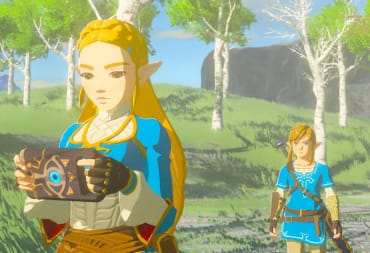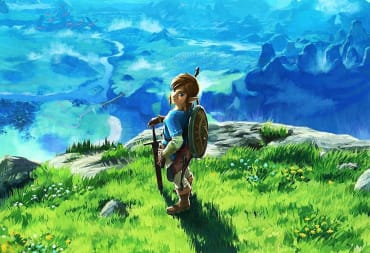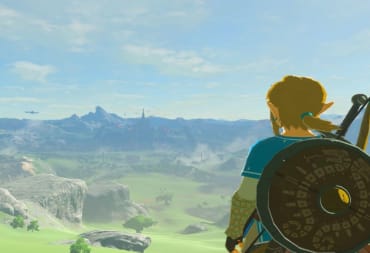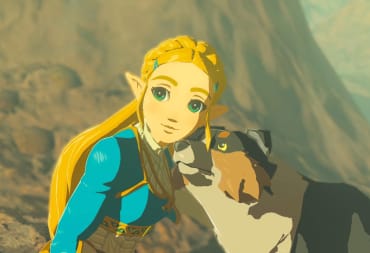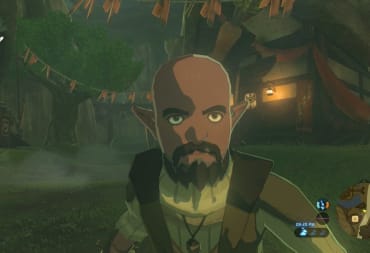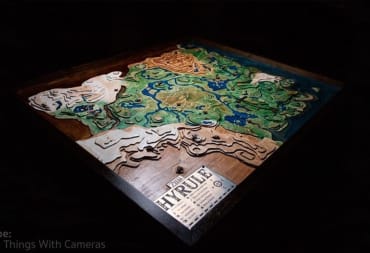The Legend of Zelda: Breath of the Wild soundtrack is jaw-droppingly, brain-meltingly impressive. Of all the stunning and industry-changing heights that Nintendo reached with this game, from the Ghibli-esque visuals to the unprecedented player freedom, it’s the understated musical genius that never quite gets the recognition it deserves.
Owing perhaps to the more subtle approach to the compositions slipping under some players’ radars, or simply other aspects of the title occupying the conversational limelight, the music in Breath of the Wild is often relegated to an appreciative side note in broader analyses of the game as a whole.
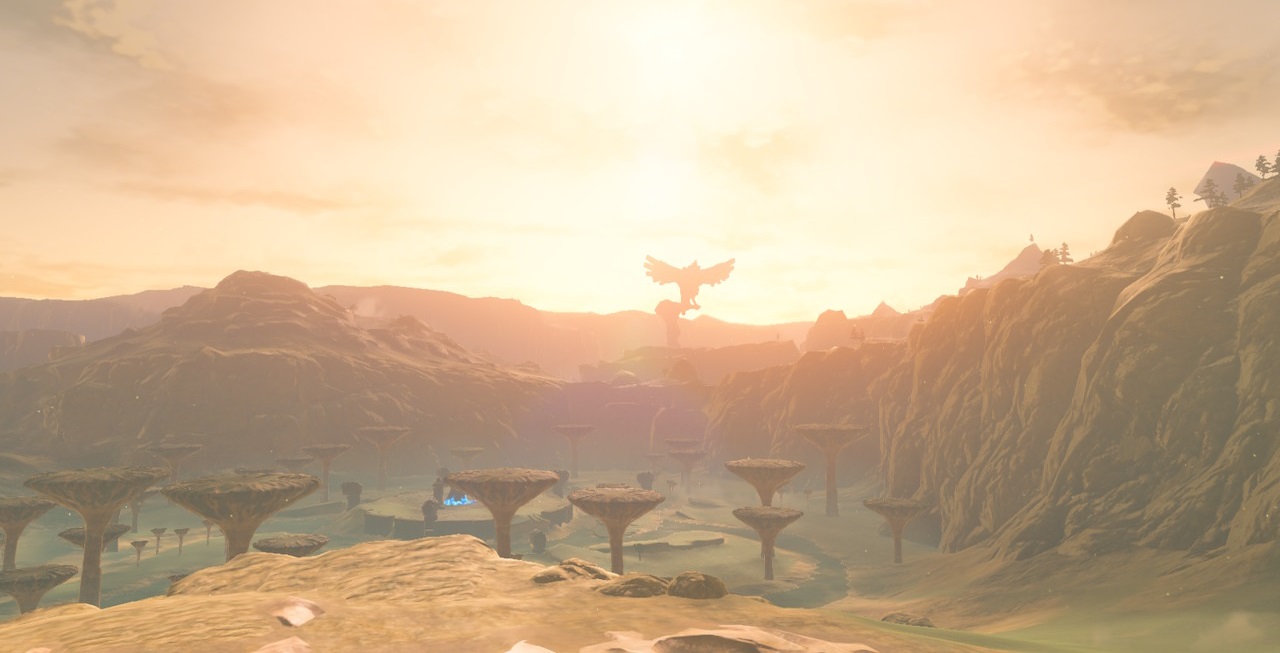
But there’s still time! Tears of the Kingdom releases in a matter of months, so now's the perfect opportunity to take a closer look at its predecessor's soundtrack to find out exactly what made it such an incredible achievement and what to look out for in the big release in May. We'll pick out some of the subtleties you may not have noticed before and might even call upon some music theory here and there (not too much, I promise!).
How the Breath of the Wild soundtrack Fends Off Fatigue
What I like to call 'song fatigue' is one of life's great tragedies, and one that we've all experienced; a tune that initially hits you like a ton of masterfully constructed euphoria bricks becomes little more than an impotent string of tones and taps after a week on repeat. Game developers and composers have been searching desperately for a way around this issue since the birth of the medium all those decades ago.
In the original Legend of Zelda on the NES, the solution was simply to compose a theme that was as stirring and engaging as possible, with just enough musical unorthodoxy to stay interesting for long periods of time. And as genius as that composition is, there's no doubt that after several hours of overworld exploration, it does somewhat lose its luster.
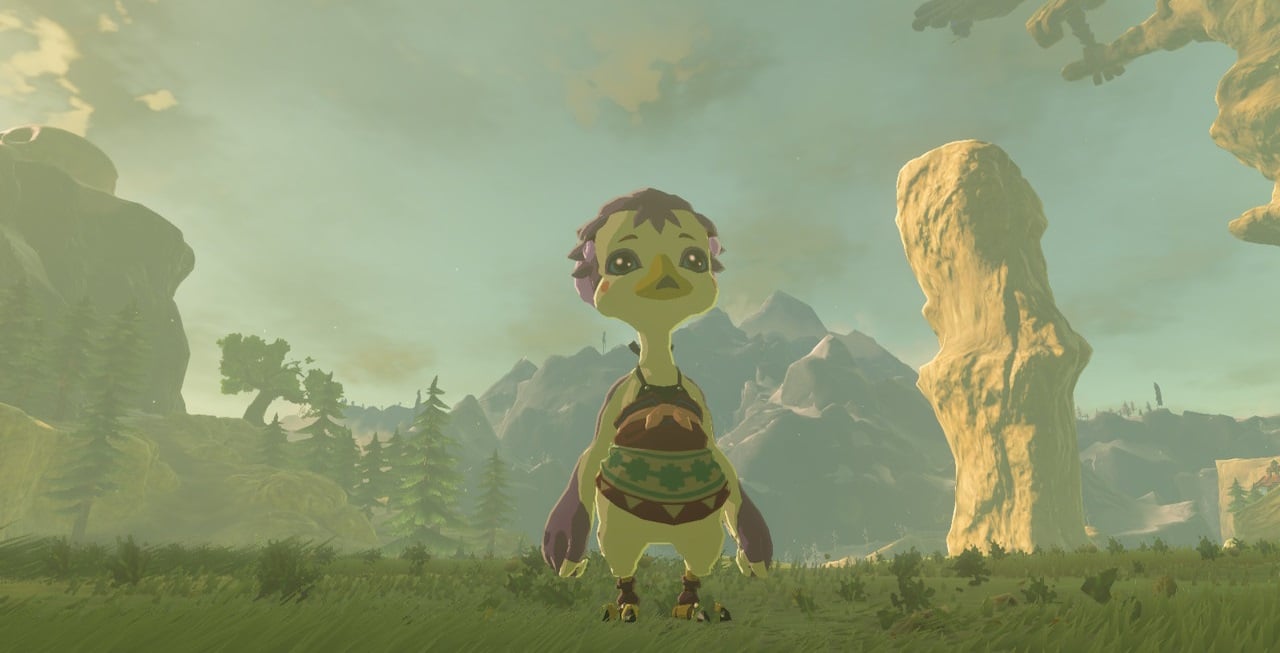
Other approaches have seen varying levels of success, including an arguably overused lack of music altogether for which, outside of uniquely well-suited titles such as The Witness, the justification of “adding a sense of isolation” can sometimes feel like something of a cop-out. Yet composer Manaka Kataoka found an approach for the "Field" themes that not only bucks several trends, but also perfectly suits the character of the game.
Kataoka neatly wards off the dreaded song fatigue – which is caused largely by over-familiarity and, subsequently, predictability – in a number of ways. For starters, the "Field (Day)" theme steers clear of a definite time signature, and even its tempo is hard to discern. The understated piano phrases drift in and out organically, which makes it very difficult, or even impossible, for the listener to predict when the notes will appear.
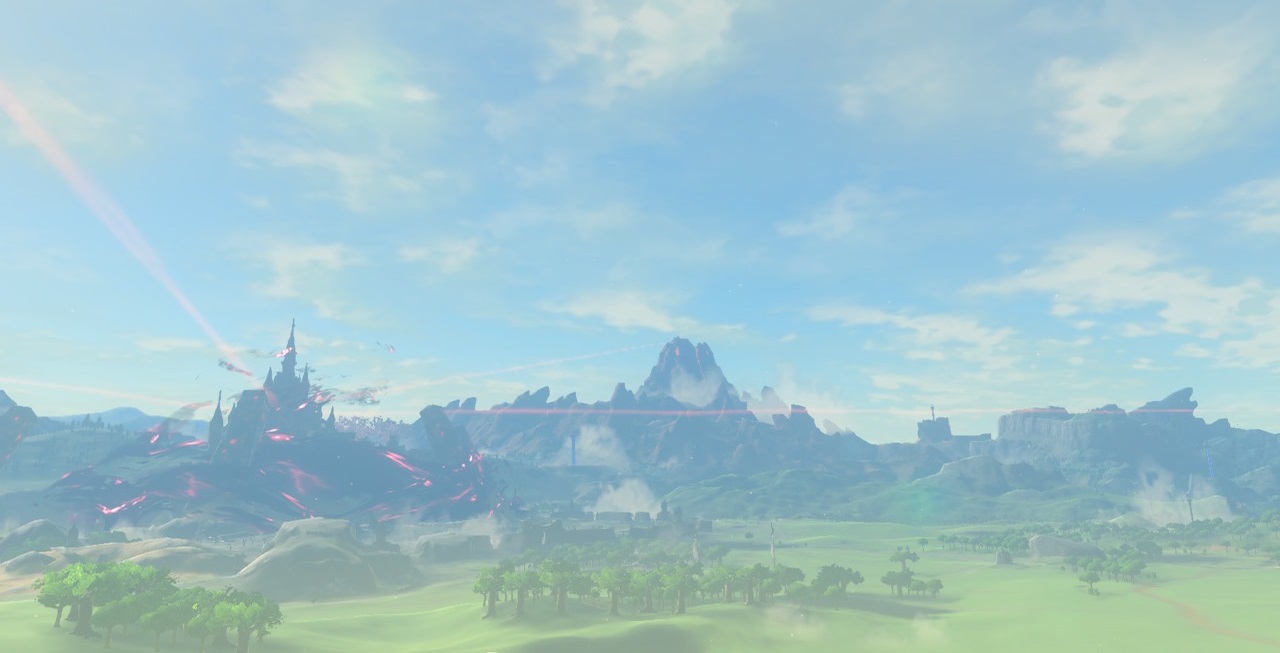
On top of that, though the theme does have a discernible key signature, it's for the most part only implied, rather than made clear with fully constructed chords and definitive basslines. This adds some melodic mystery to the composition, preventing the player from contextualizing the piece in a familiar, predictable musical framework. These decisions achieve the exact opposite of a 'catchy' tune, and that's no coincidence. As we're all painfully aware after the great "Baby Shark" trend of the late 2010s, catchy gets old fast.
Contrary to some initial criticism when Breath of the Wild first released, the "Field" theme is far more than just 'a load of random notes,' subtly incorporating as it does some melodic intervals and chordal movements reminiscent of Zelda themes of old. Still, it's likely that Nintendo will aim to nudge the dial at least a little way back towards more traditional approaches for the overworld themes in Tears of the Kingdom in an attempt to satisfy as much of the player-base as possible. No doubt the faithful piano will still feature heavily, but keep an ear out for clearer chord structures and maybe even some hummable melodies.
Perfecting the Musical Metaphor
Game composers must constantly feel the temptation to build their songs around musical metaphors. Oh, this fiery lava level needs a theme? Great, let's throw in some percussion that sounds like bubbling magma and sizzling embers, and we're golden! But so often in pieces composed this way, the creativity ends at the metaphor, with the rest of the track just a formulaic formality.
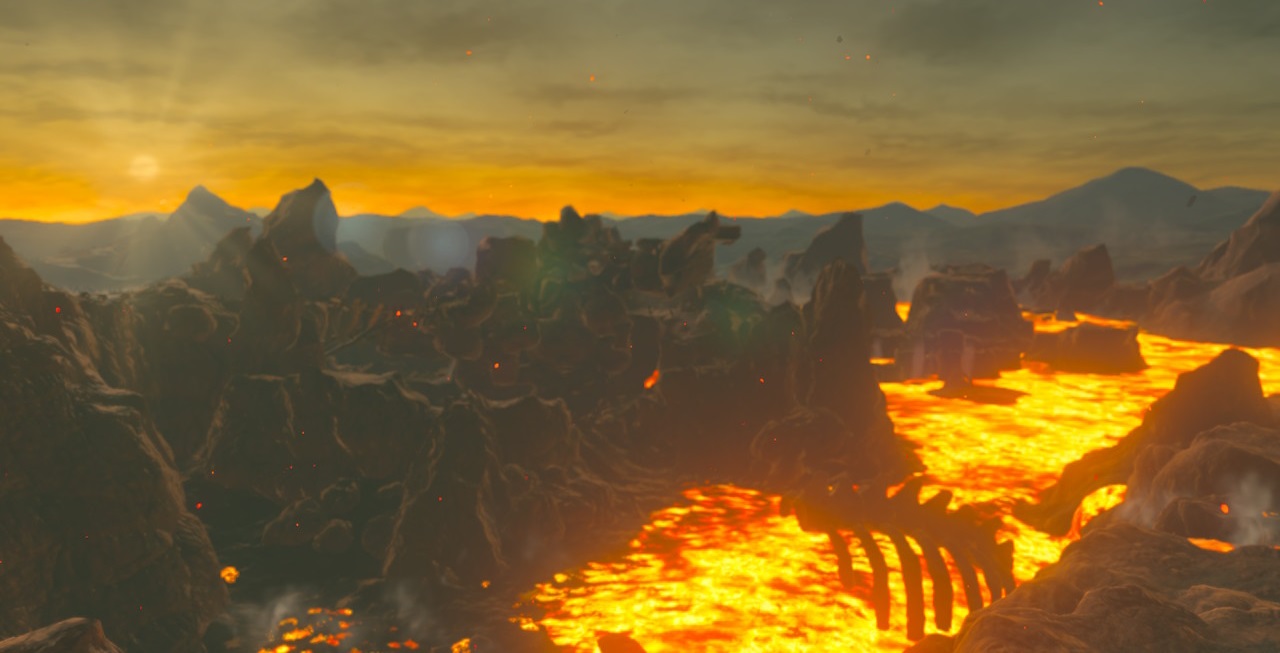
The Breath of the Wild soundtrack frequently incorporates musical metaphors, but among its greatest achievements is doing so with such maturity and consideration of the game's theme and context that these pieces both elevate the gameplay and make an emotional impact as songs in their own right.
"The Temple of Time" theme, which players encounter on the Great Plateau, is often cited as a prime example of metaphor within the game's soundtrack. But why is this such an effective and moving execution of the technique? Well firstly, the metaphor here isn't just representing an incidental aspect of the environment; it's used to communicate a much deeper idea.
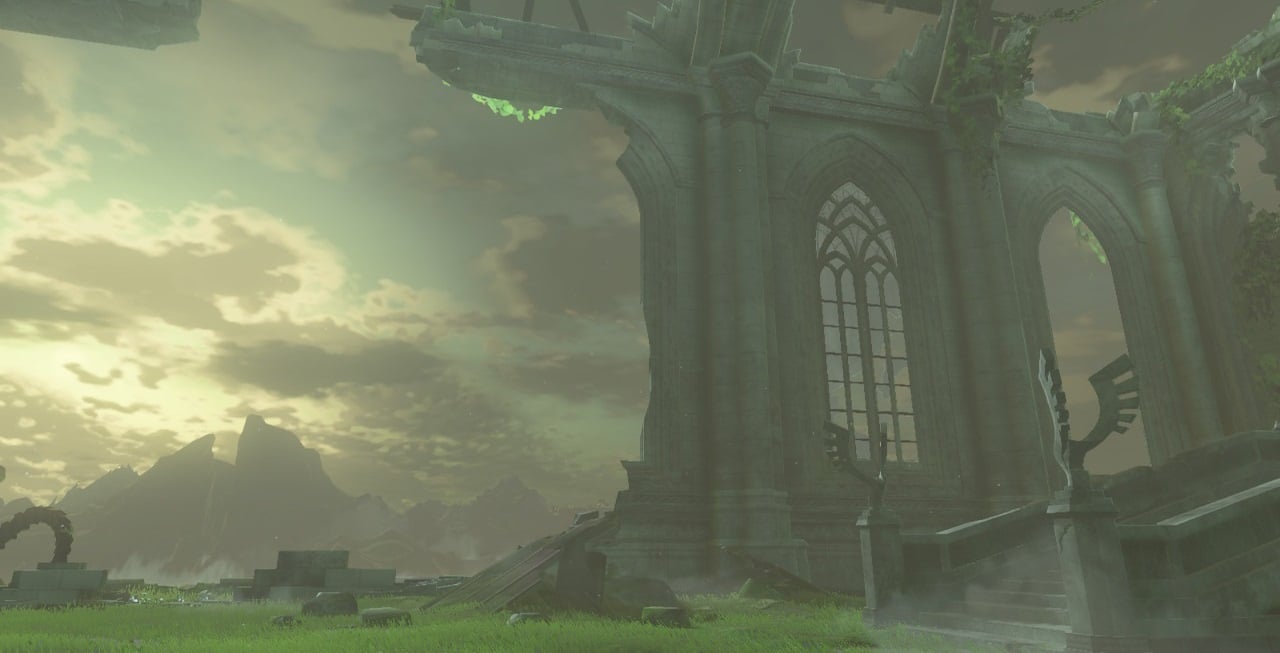
Of course, the fragmented melodic phrases neatly reflect the shattered remains of the temple, but moreover, the minimal chords and space between phrases emphasize—and even frame in a quite literal sense—the peaceful yet somber quiet that has blanketed the place. This music really feels like the calm after the storm, and that idea carries with it truly emotive connotations as well as a deep sense of history.
For the "Lost Woods" theme, Kataoka fully committed to the metaphorical approach. And I do mean fully. Practically every element of this piece can—and really should—be interpreted as representing something about the scenario Link finds himself in during this segment of the game. Much like "The Temple of Time," these metaphors work on a deeper level than just superficial reflections of the environment. While the piece does make those environmental references brilliantly with some woody percussion bringing to mind buffeted tree branches and perhaps hidden Koroks nearby, as well as some unsettling wind-like whistles (which may also provide an extra clue for the puzzle in this area), it's the rhythmic and tonal decisions that take things to another level entirely.
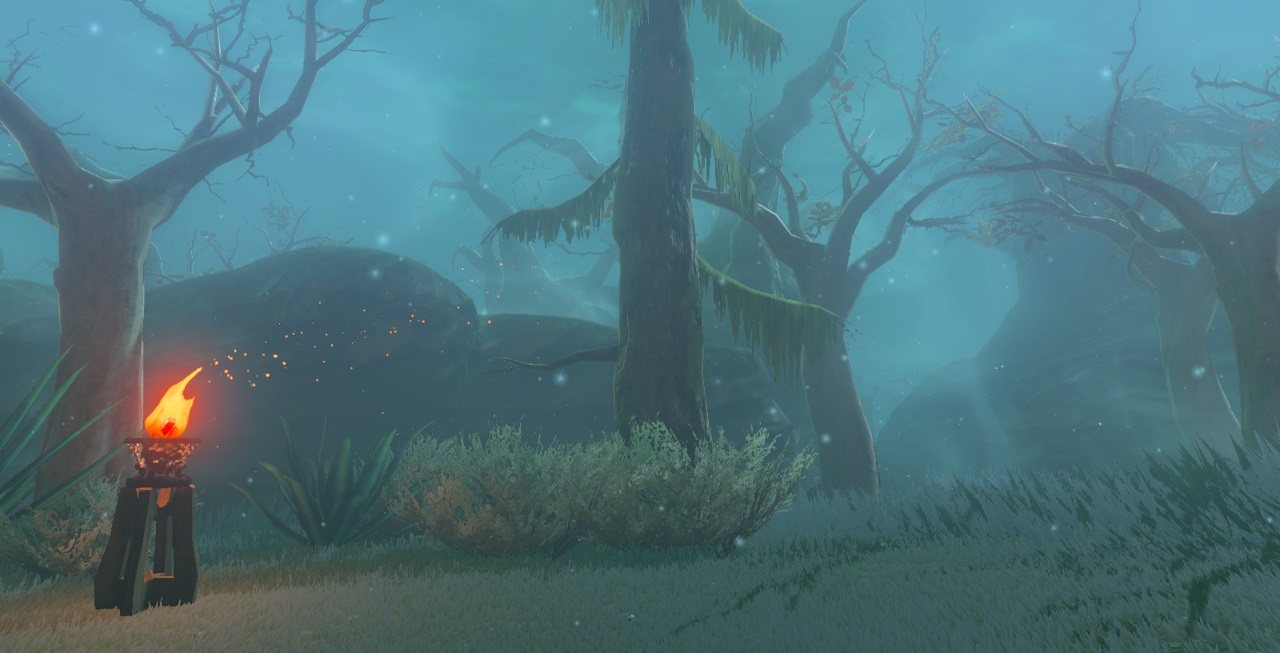
A more heavy-handed composer might choose to abandon a key signature entirely for this piece with the intention of using atonality to disorientate the player, but Kataoka takes a more subtle approach. She places the song in the key of G minor, which allows for a darker tone than a major key, but puts constant emphasis on the D note in the persistent piano chords. Being the 5th degree, also called the dominant, of the G scale, this focus on the D gives listeners the sense that the music wants to resolve to a classic, fully fleshed-out G minor chord.
By preventing the piece from fully resolving to that 'home base' root chord, Kataoka ensures that the music, and therefore the player, never feels settled, even for a moment. No doubt an atonal piece could match the disorientation of the Lost Woods theme but would certainly struggle to achieve the emotion and urgency of Kataoka's more nuanced composition.
Tears of the Kingdom's soundtrack is sure to be just as jam-packed with metaphor, if not more so. By all accounts the new instalment looks to be taking on a somewhat darker tone than Breath of the Wild, which presents a prime opportunity for the backing tracks to enhance any unsettling or oppressive sequences.
Something to have a listen for in particular might be musical representations of the sequel's secondary themes. Dotted throughout Breath of the Wild's soundtrack appear various references to its technological undercurrent, from brief 'glitches' in the "Field (Day)" theme to the robotically demented “Battle (Shrine)” groove.
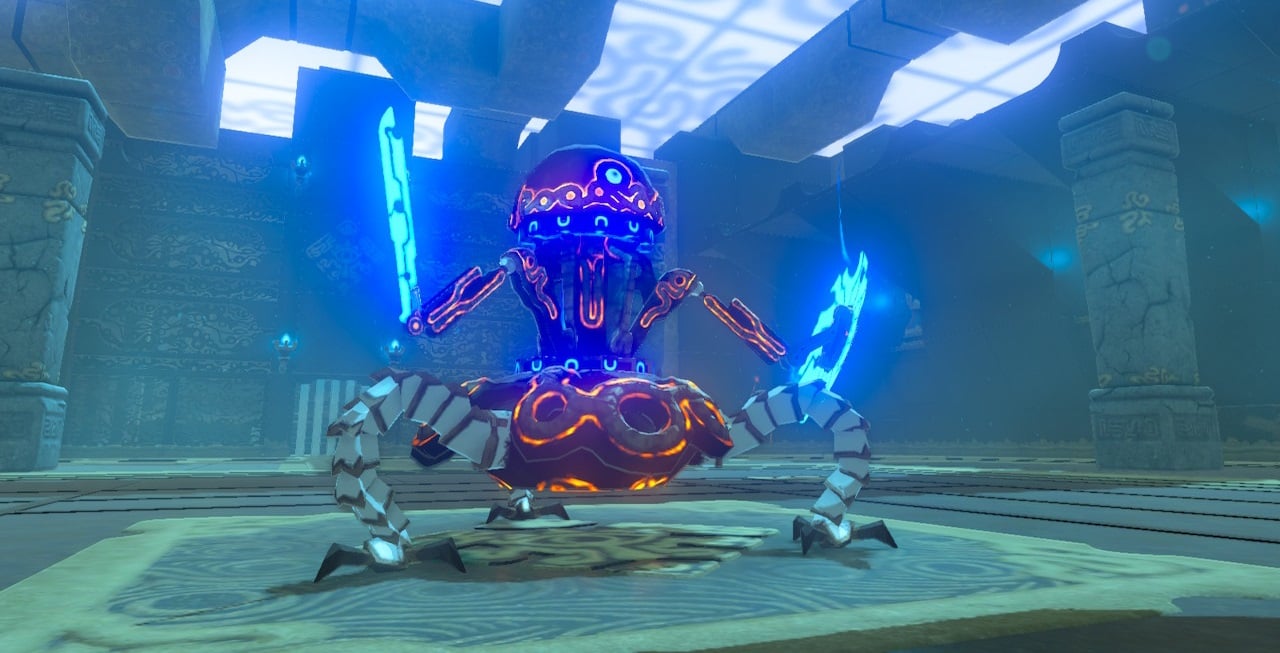
Footage of Tears thus far has indicated far less focus on Sheikah tech, so expect that gap to be filled with something a little more dark and arcane. The game's first-look trailer featured some haunting reversed choral phrases, which did a masterful job of implying some twisted ritual at play. These disconcerting vocals would be well-placed to signal the presence of Ganon in-game, or even something more sinister.
Reworking the Classics
Yet another compositional pitfall gracefully sidestepped by Breath of the Wild's soundtrack is one that so many other game franchises have blindly fallen victim to over the years: shoddy reworks of beloved tracks from past entries.
All too often, old favorites get shoehorned into new, incompatible musical styles for the sake of evolving with the franchise, or disappointingly receive no treatment at all. Finding the balance is no easy feat to be sure, yet Breath of the Wild walks the tightrope without so much as a wobble.
Ranging from the "Zora's Domain" theme, which needed little more than a fresh coat of instrumental paint, to "Rito Village," which takes the irresistible, upbeat "Dragon Roost Island" groove from the Wind Waker soundtrack and transforms it into an utterly beautiful symphonic gem, every reference to the Zelda series' world-renowned musical history is an absolute triumph.
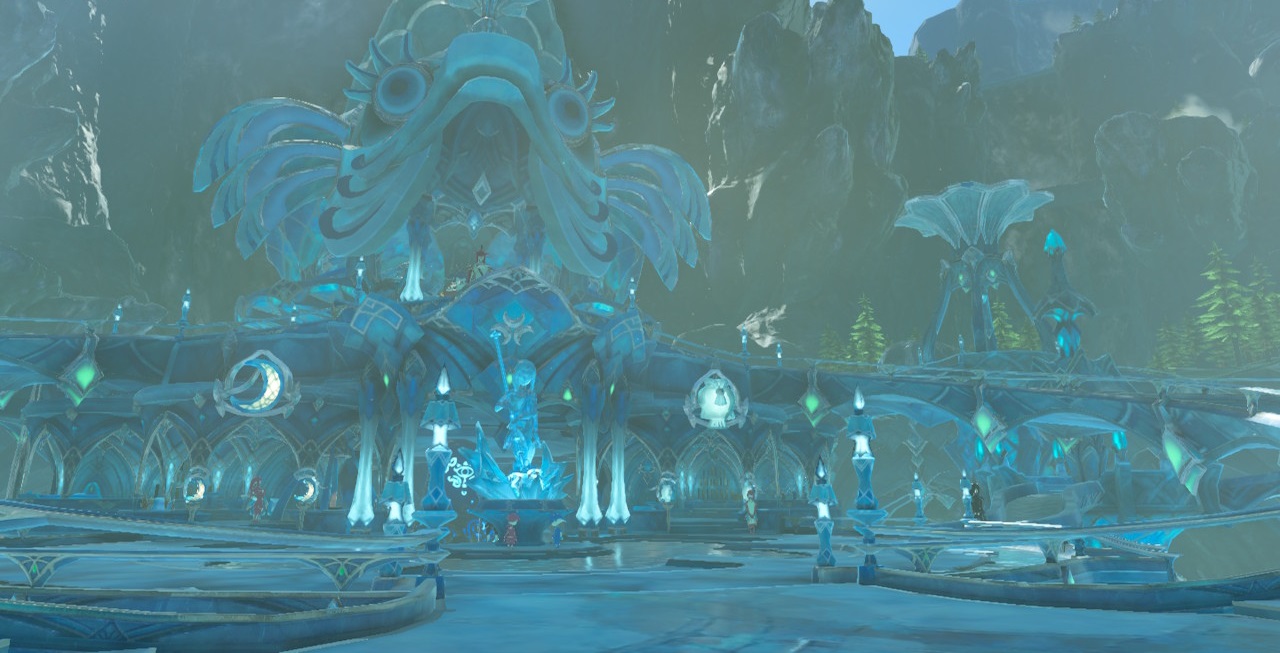
The "Hyrule Castle" theme, which could easily justify an entire article of its own, incorporates several of the most iconic Zelda melodies into a single, cohesive masterpiece, making extremely savvy use of time signatures to assist with tone and tension. A driving march in 5/4 time forms the main section of the piece, complete with an appearance of the "Ganondorf” theme from Ocarina of Time. The decision to primarily use 5/4 for this theme is a stroke of genius, allowing for the consistent, punishing rhythm of 4/4 time, but with added tension befitting the demon king's presence from that one added beat in each bar.
Outside the castle, the classic NES theme bursts through in 6/4 time for the B section. This new rhythm represents a relief from Ganon's territory within the music. And yet, rather than sticking with the original version's optimistic chord structure, Kataoka invokes tonal tension with more melancholic harmonies that inject an air of ongoing struggle.
Upon entering the castle, the soundtrack switches seamlessly to a more contemplative, organ-based rendition. Here, the B section is replaced with an incredibly poignant rework of "Zelda's Lullaby" from Ocarina of Time. What's truly stunning about this composition is that by perfectly preserving the original lullaby's melody, it manages to faintly retain the soothing character of its predecessor along with the memory of Princess Zelda herself, whilst simultaneously conjuring a palpable sense of turmoil with unfamiliar, unresolving harmonies underneath.
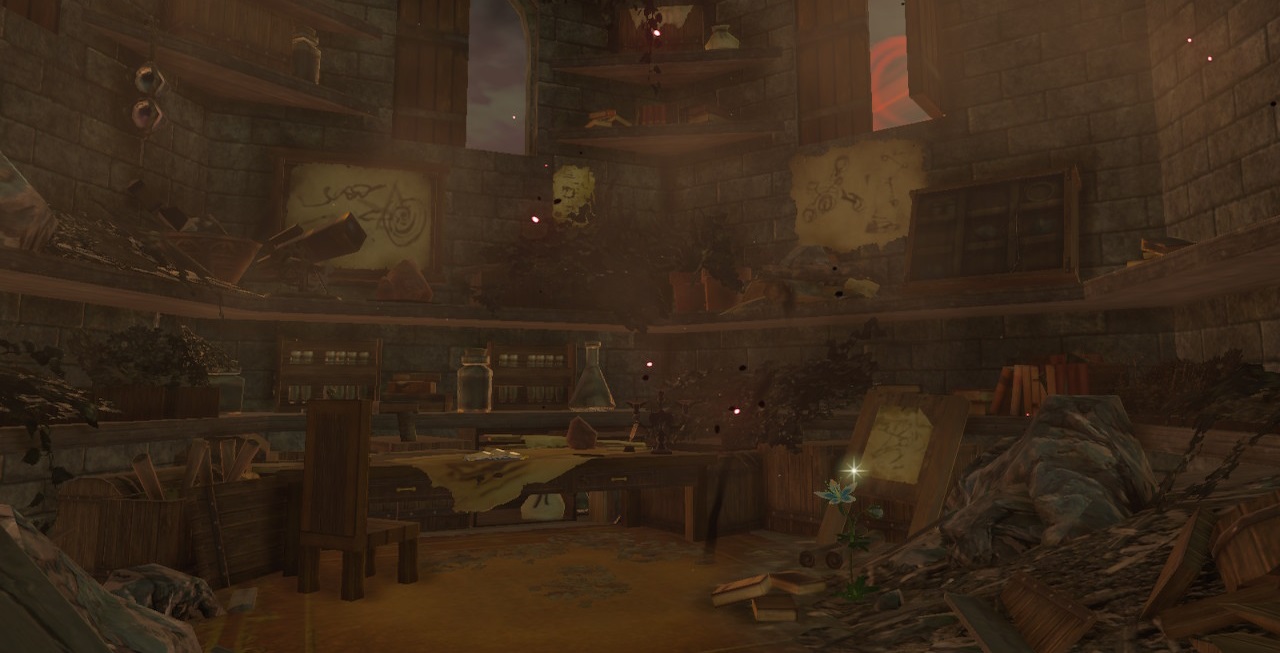
It's this incredibly mature handling of themes past that we can hope to hear more of in Tears of the Kingdom. And since the Breath of the Wild OST will itself constitute “themes past” by then, don't be surprised if instant classics like "Kass's Theme" turn up when you least expect it. Speaking of which, given that the feathered accordion twiddler was such a hit with Zelda players everywhere, I can well imagine Nintendo choosing only to hint at his presence in the follow-up, with a more somber rework of the piece. Perhaps some of his old manuscripts could be hidden throughout the world, leaving players to speculate on his whereabouts.
Of course, they might just throw him at us in the first few minutes, the twiddling friendly face we all need now and again. That'd be nice, too.
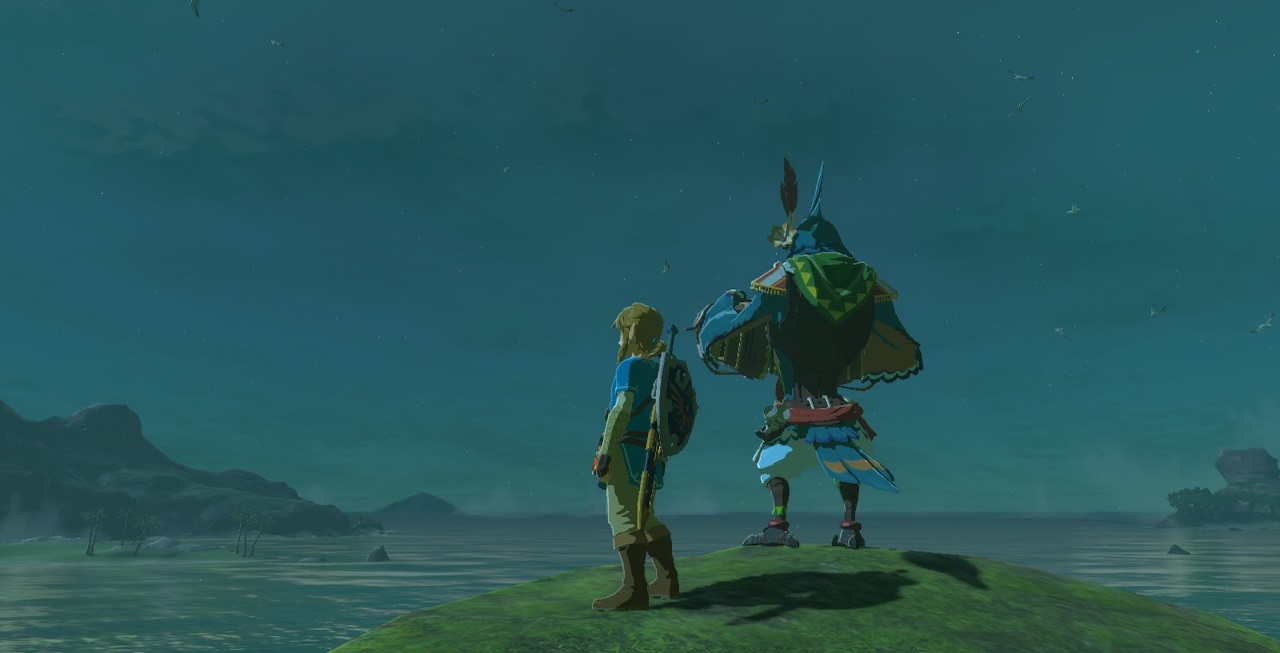
That’s Just the Tip of the Cryonis Block…
While there are, of course, a couple of rough patches amidst the diamonds, the music of Breath of the Wild must rank among the greatest video game soundtracks of all time. And invariably, great art gains an intangible something extra when you take a peek at the wizardry behind the curtain.
And remember, we’ve only scratched the surface here. There are countless more subtle strokes of genius to be found in this staggering soundtrack, probably more than there are Korok poops in Hyrule Field. So maybe there’s time for a music-appreciation playthrough before Tears of the Kingdom arrives, at which point we’ll have a brand new, brain-melting curtain to peek behind.
Have a tip, or want to point out something we missed? Leave a Comment or e-mail us at tips@techraptor.net
